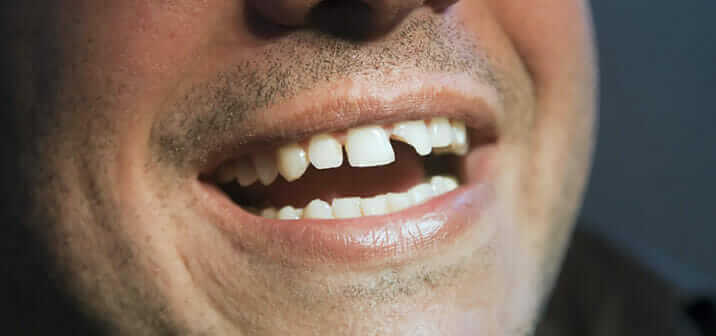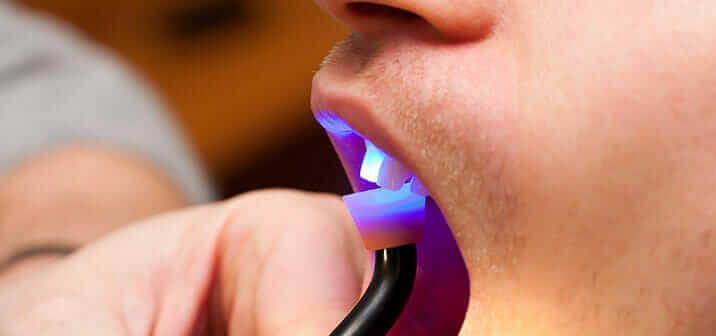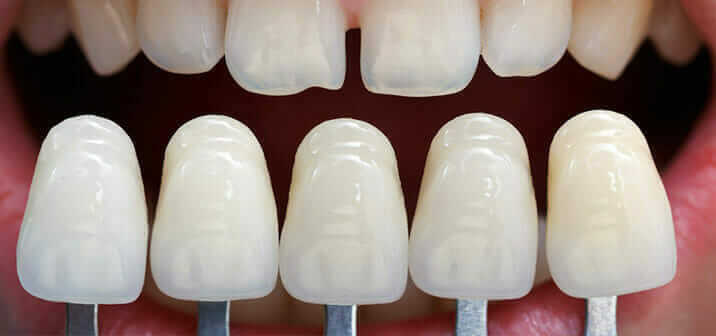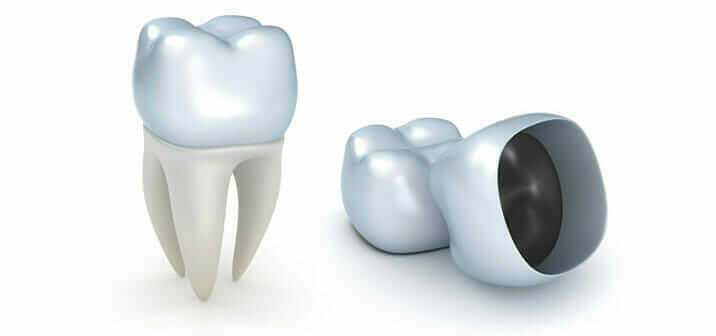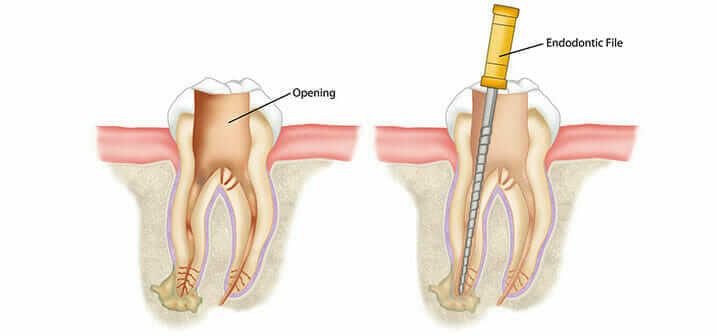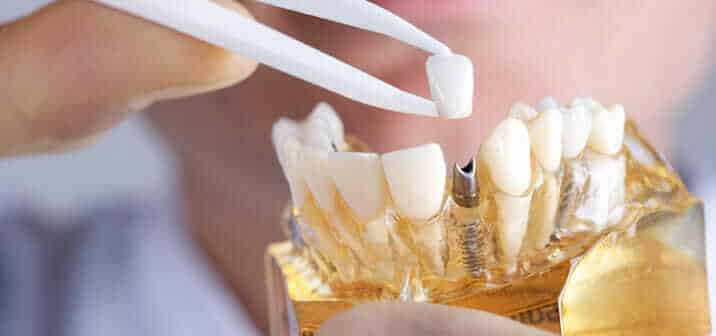What Causes Damage to Teeth?
Few dental traumas are worse than breaking or losing a front tooth. It not only affects your confidence, but it makes eating and talking really difficult.
Although tooth enamel is the strongest human tissue, it can be cracked and broken. Traumatic falls, blows or crashes can cause teeth to break, as can playing aggressive sports without mouth guards, and chewing hard items.
The food we eat and the beverages we drink can also damage and weaken our teeth. According to the American Dental Association, the worst culprits include sports drinks, soda, alcohol, dried fruit, potato chips, coffee, citrus, ice and hard candies. The acids in these foods cause tooth decay, which weakens the teeth and making them more prone to breaking.
What Can Be Done for a Broken Tooth?
Dentists can use a variety of cosmetic and restorative procedures to repair damaged teeth or replace lost teeth. The correct treatment will depend on the extent of damage to your tooth. You don’t have to go through life with damaged teeth. A professional dentist can help you to smile confidently again.
The five most common procedures for repairing lost or broken teeth include:
Dental bonding – This procedure is used to repair gaps, cracked, chipped, decayed or discolored teeth. The bonding may last as long as ten years, and no anesthesia is required.
Veneers – These tooth covers are typically made of realistic-looking porcelain. However, it is not recommended for people who grind their teeth, as the grinding will wear the veneers down.
Crowns – Ideal for badly chipped teeth that hurt when drinking or chewing, crowns are the most common methods for restoring teeth. A cap is placed over the damaged tooth, improving the appearance and preventing pain.
Root canal – Prescribed for cases in which cracks or decay extend into the pulp, a root canal clears the decay and removes the nerve. While many people fear the pain of a root canal, it should not hurt if it is done right. Once the site has healed, a crown can be placed over the tooth to prevent the crack from enlarging.
Dental implants – If a crack extends below the gum line, it can no longer be treated. Your dentist will recommend extracting the tooth and replacing it with a realistic-looking dental implant. Secured with biocompatible titanium that is placed into the jawbone, dental implants are long-lasting.
Important Facts About Treating Cracked or Broken Teeth
Quick treatment is key to successful treatment of cracked and broken teeth. Seeing a dentist immediately can help prevent infection and further damage, and this may even help to save your tooth.
Don’t expect a tooth to heal on its own. You need dental care right away.

